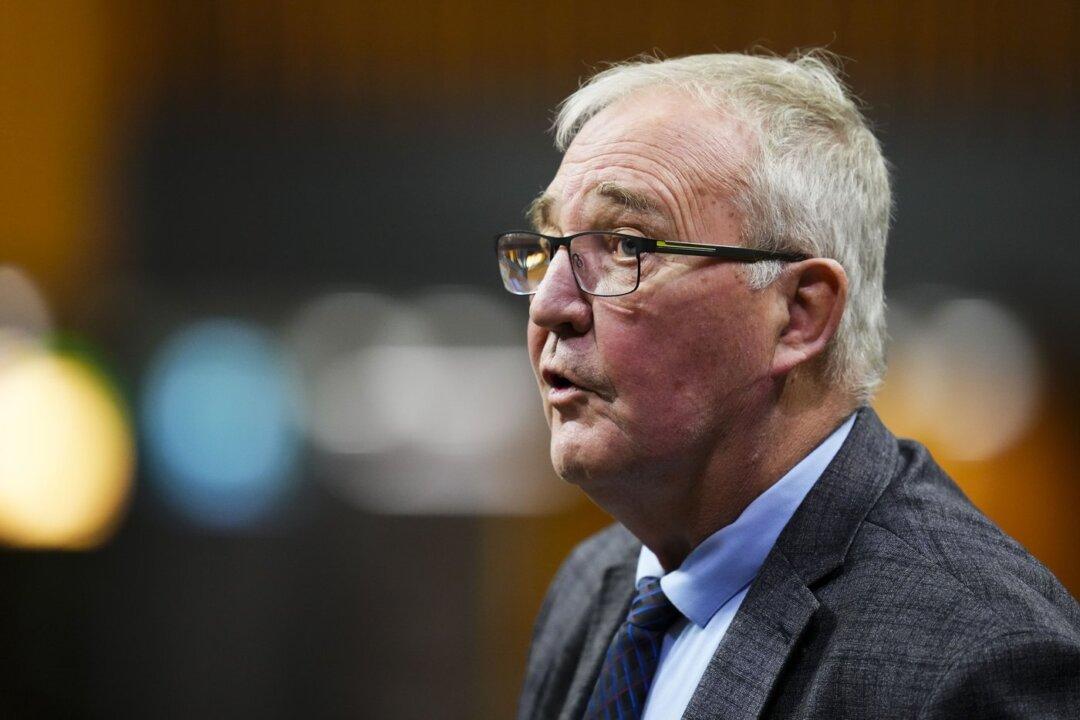The federal disaster aid program will soon be made conditional, requiring future applications to show adaptation to climate change in order to be eligible, said Emergency Preparedness Minister Bill Blair, as the government launches a review of the program.
Blair was in British Columbia this week to provide the second instalment of disaster aid for the 2021 floods that prompted the province to declare a state of emergency. This payment brings the federal aid to B.C. to over $1 billion. Blair, however, said that the government can’t keep sending out billions of dollars in financial relief without trying to prevent similar damage.





